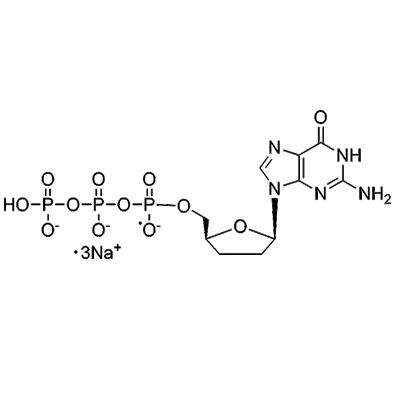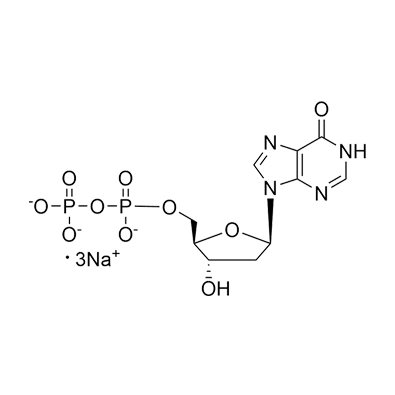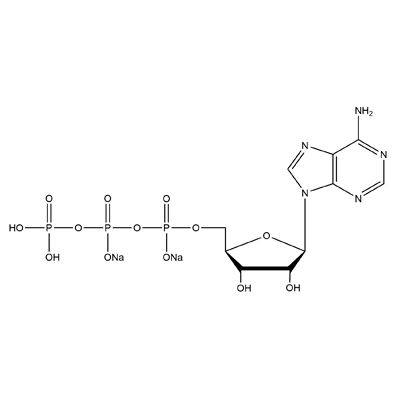In the intricate realm of nucleoside phosphoramidite synthesis, the role of catalysts and reactors is pivotal in determining efficiency, yield, and the overall success of the process. This passage explores the significance of catalysts and reactors in optimizing the synthesis of nucleoside phosphoramidites, shedding light on the key principles and innovations driving this critical aspect of nucleotide chemistry.
Catalysts in Nucleoside Phosphoramidite Synthesis
Catalytic Precision
Catalysts play a crucial role in nucleoside phosphoramidite synthesis by facilitating and accelerating specific chemical reactions. These compounds act as precision tools, guiding the synthesis towards the desired nucleoside phosphoramidite product. Catalysts enhance reaction rates and selectivity, ensuring that the synthesis proceeds with high precision and minimal by-products.
Transition Metal Catalysts
Transition metal catalysts, such as palladium and copper complexes, are commonly employed in nucleoside phosphoramidite synthesis. These catalysts facilitate key steps, including the coupling reactions between nucleoside derivatives and phosphoramidite reagents. The choice of transition metal catalysts is guided by their ability to promote efficient bond formation while minimizing undesired side reactions.
Enzymatic Catalysts
In recent years, the exploration of enzymatic catalysts has gained prominence in nucleoside phosphoramidite synthesis. Enzymes offer exquisite selectivity and chemoenzymatic pathways, providing environmentally friendly alternatives to traditional chemical catalysts. The integration of enzymatic catalysis brings forth opportunities for more sustainable and bio-friendly nucleotide synthesis.
Advanced Reactors for Nucleoside Phosphoramidite Synthesis
Flow Reactors for Continuous Processing
The adoption of flow reactors represents a significant advancement in nucleoside phosphoramidite synthesis. Continuous flow processes offer precise control over reaction parameters, allowing for efficient mixing and heat transfer. This continuous processing approach enhances reproducibility, scalability, and overall productivity in the synthesis of nucleoside phosphoramidites.
Microwave-Assisted Reactors
Microwave-assisted reactors have emerged as powerful tools in nucleoside phosphoramidite synthesis. These reactors utilize microwave irradiation to accelerate reactions, leading to reduced reaction times and increased yields. The controlled application of microwave energy enhances the overall efficiency of the synthesis, making it an attractive option for nucleotide manufacturers.
Automated Synthesis Platforms
Modern nucleoside phosphoramidite synthesis often involves automated platforms that integrate various reactors and catalysts seamlessly. Automated synthesis systems not only improve the precision and efficiency of the synthesis but also contribute to the standardization of processes. These platforms allow for the synthesis of nucleoside phosphoramidites with a high degree of reproducibility, minimizing batch-to-batch variability.
Challenges and Innovations
Catalyst Recycling and Sustainability
One of the challenges in nucleoside phosphoramidite synthesis is the development of sustainable practices regarding catalyst usage. Efforts are underway to explore catalyst recycling strategies, aiming to reduce the environmental impact of the synthesis. Innovations in green chemistry seek to minimize the use of rare or toxic metals in catalysts, further aligning nucleotide synthesis with sustainable principles.
Integration of Computational Tools
The integration of computational tools, such as molecular modeling and simulations, is revolutionizing the optimization of catalysts and reactors in nucleoside phosphoramidite synthesis. Computational approaches aid in the rational design of catalysts, allowing researchers to predict their performance and guide experimental efforts toward more efficient synthesis pathways.
Catalysts and reactors stand as pillars of innovation in the optimization of nucleoside phosphoramidite synthesis. The precision afforded by well-selected catalysts and the efficiency introduced by advanced reactors contribute to the continual evolution of nucleotide chemistry. As researchers delve deeper into sustainable practices, catalyst recycling, and computational guidance, the synthesis of nucleoside phosphoramidites is poised to reach new heights, providing critical building blocks for applications in medicine, research, and biotechnology. The integration of modified nucleosides in biochemistry biotechnology and medicine enhances the versatility and functionality of these essential components, paving the way for innovative therapeutic and diagnostic solutions.

 En
En Cn
Cn



